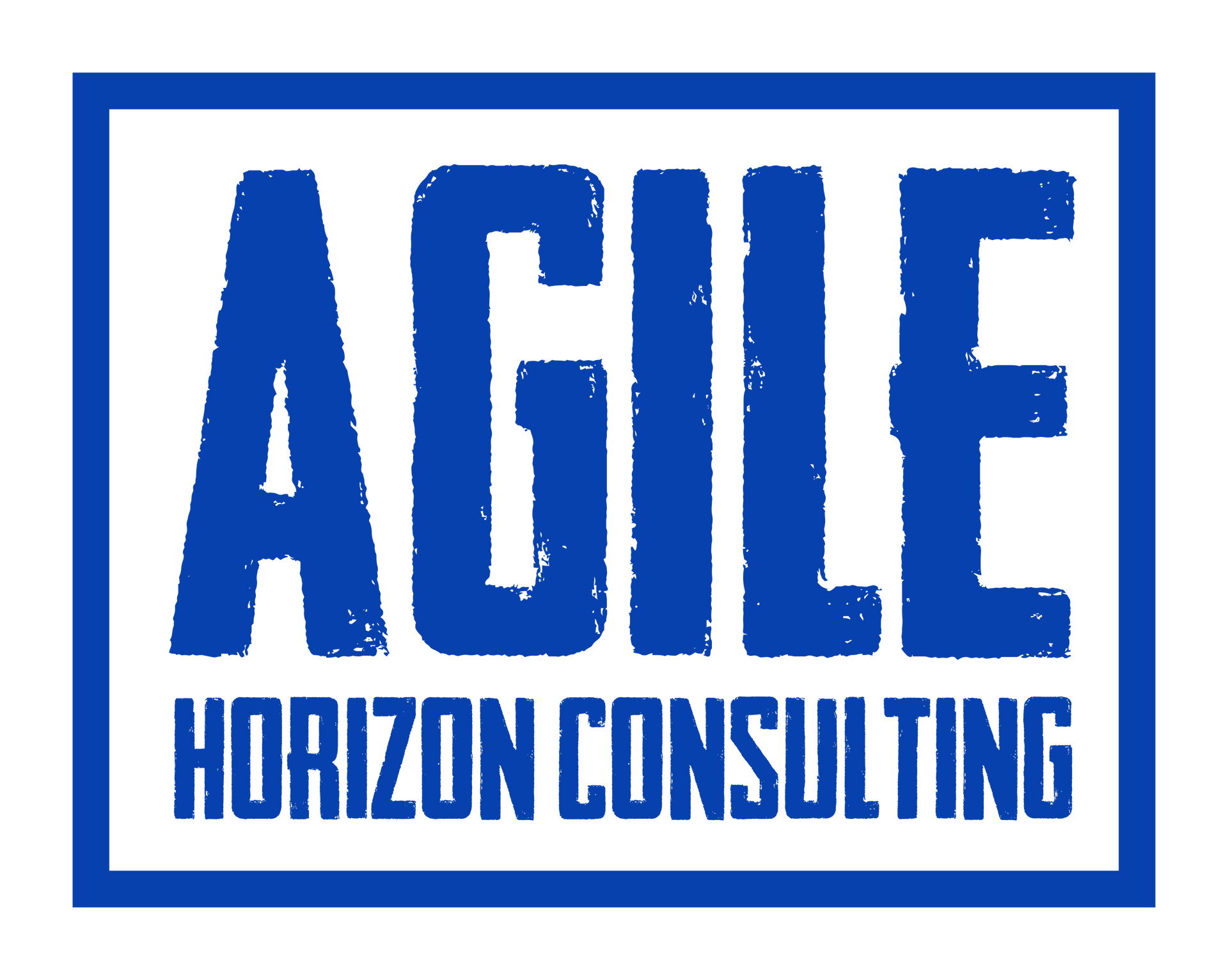Using business process modeling to improve project efficiency
Business process modeling can streamline workflows and boost project efficiency by providing clear, visual representations of processes.
This powerful tool allows organizations to map out their workflows in a detailed and visual manner, making it easier to identify inefficiencies, redundancies, and bottlenecks. Here’s a step-by-step guide on how to effectively utilize business process modeling to enhance your project efficiency:
Step 1: Identify and Define Your Processes
Begin by identifying the key processes within your project. These processes should encompass all significant activities, from initial planning to final delivery. Clearly define each process, specifying the start and end points, key activities, and involved stakeholders. Use tools like interviews, workshops, and document analysis to gather comprehensive information.
Step 2: Select the Right Modeling Tool
Choosing the right business process modeling tool is crucial. Look for software that offers intuitive interfaces, comprehensive modeling capabilities, and seamless integration with other project management tools. Popular options include BPMN (Business Process Model and Notation) tools like Lucidchart, Bizagi, or Signavio.
Step 3: Create the Process Model
Using your selected tool, create a detailed process model. Begin with a high-level overview and progressively break it down into more detailed sub-processes. Ensure that each step, decision point, and flow is accurately represented. Utilize standard symbols and notations to maintain clarity and consistency.
Step 4: Validate and Refine the Model
Once your model is created, validate it with all relevant stakeholders. Conduct walkthroughs and simulations to ensure that the model accurately reflects the real-world processes. Gather feedback and make necessary adjustments to refine the model. This step ensures that everyone has a clear understanding and agrees on the process flow.
Step 5: Implement and Monitor
With a validated process model, begin implementing the modeled processes in your project workflow. Ensure that all team members are trained on the new process and understand their roles within it. Use the model as a reference point for monitoring progress, identifying deviations, and making real-time adjustments.
Step 6: Analyze and Optimize
After implementation, continuously analyze the process performance using the model. Look for patterns, inefficiencies, and areas of improvement. Utilize metrics such as time, cost, and resource utilization to evaluate the process effectiveness. Regularly update the model to reflect any changes or improvements, ensuring it remains a dynamic tool for ongoing process optimization.
Benefits of Business Process Modeling
- Improved Clarity and Communication: Visual models make it easier for all stakeholders to understand and communicate complex processes.
- Enhanced Efficiency: By identifying and eliminating bottlenecks, redundancies, and inefficiencies, projects can be completed more quickly and with fewer resources.
- Better Resource Management: Optimizing process flows ensures that resources are allocated where they are most needed, reducing waste.
- Continuous Improvement: The iterative nature of process modeling supports ongoing refinement and enhancement of project workflows.
Implementing business process modeling into your project management toolkit can lead to significant improvements in efficiency and effectiveness. It not only aids in better planning and execution but also supports continuous improvement efforts by providing a clear framework for assessing and refining processes over time.
Ready to see the impact of business process modeling on your projects? Contact us to request a demo of our business process modeling framework to see how we can improve your project outcomes.


